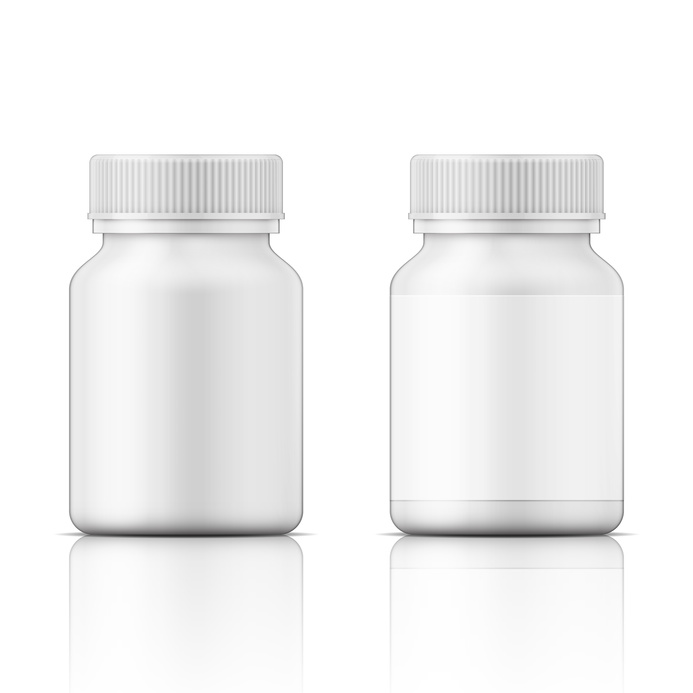
The plastics manufacturing industry has changed a lot in terms of the technology it uses. Newer and lightweight plastics, like wide mouth jars and plastic cylinder bottles, are stronger than older versions. It may surprise many people to learn that the plastics industry is also concerned with recycling. Plastic recycling is a much more complex process than paper or metals, and the young industry is still evolving.
The worldwide plastics industry
Plastics is the third largest manufacturing industry in the U.S. With over a million workers and an annual contribution of $375 billion to the economy, it plays an important part in people’s lives in many different ways.
In 2013, the industry produced about 107.5 billion pounds of plastics and resins, up from 105.9 billion pounds the previous year. Worldwide, the production of plastics is estimated to be 600 billion pounds each year, and the figure is growing by 5% annually.
Plastic use and recycling
Plastic containers like plastic cylinder bottles and plastic storage jars are cheaper and lighter than their aluminum counterparts. It takes bottle companies just 2 pounds of plastic to make a container to hold about ten gallons of liquid such as beverages. It would take 3 pounds of aluminum, 8 pounds of steel and 40 pounds of glass to hold the same amount.
Plastics recycling is its easily stages. Compared to glass, metal and paper, plastic recycling is more complicated, because the different varieties need to be separated. While over 85% of all paper used is recycled, the percentage of plastics recycled remains within the single digits. As of 2013, 5,764 million pounds of PET plastics such as bottles, jars and plastic cylinder bottles were recycled, according to the National Association for PET Container Resources (NAPCOR).
New trends in the industry
However, people within the plastics industry recognize recycling plastics as the key to sustainability. Plastic bottle manufacturers can follow guidelines from the Association of Plastic Recyclers’ APR Design Guide for Plastics Recyclability for designs and innovations that make their products recyclable.
Other encouraging trends in the industry are investment in recycling equipment and expanding reclaiming capacity. These innovations reduce the costs of recycling while producing better quality recycled materials like gallon plastic jugs and plastic cylinder bottles.
Plastics are still an essential item for every day living, but trends among consumers and in the industry are emphasizing recycling. Items like plastic cylinder bottles and colored bottles can be recycled instead of being thrown away or incinerated. These are just the first steps in a long journey towards sustainability.
